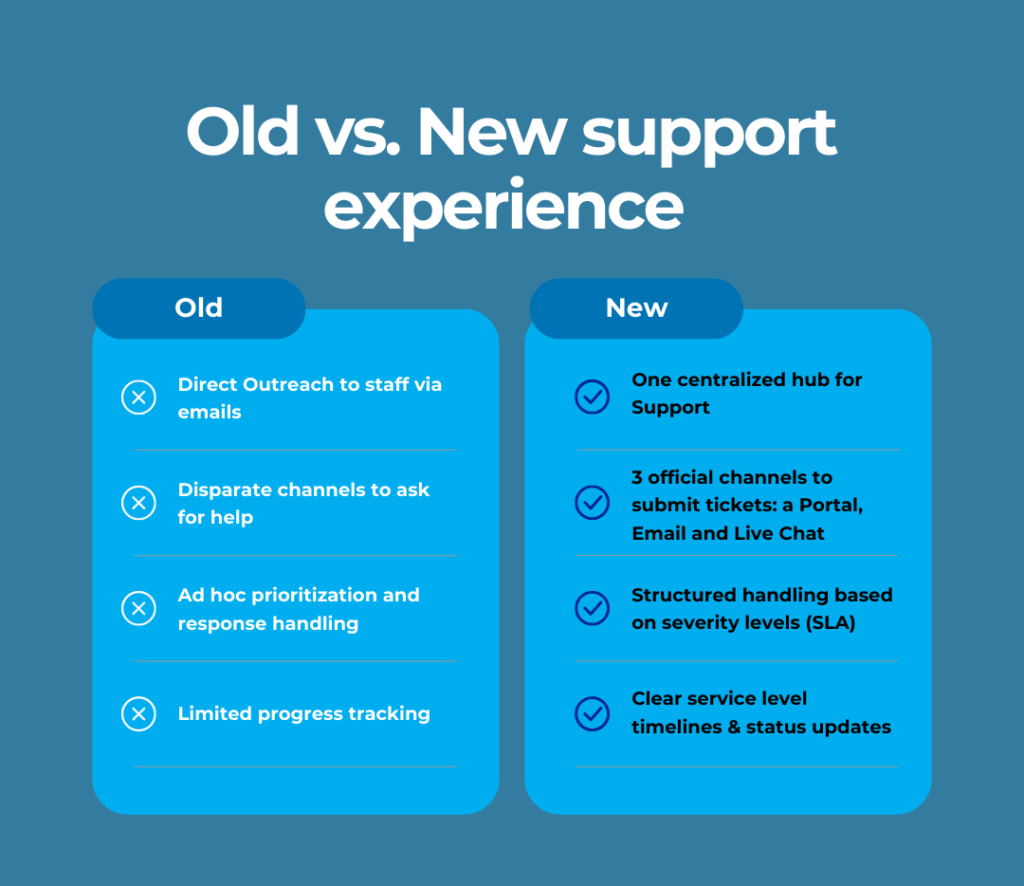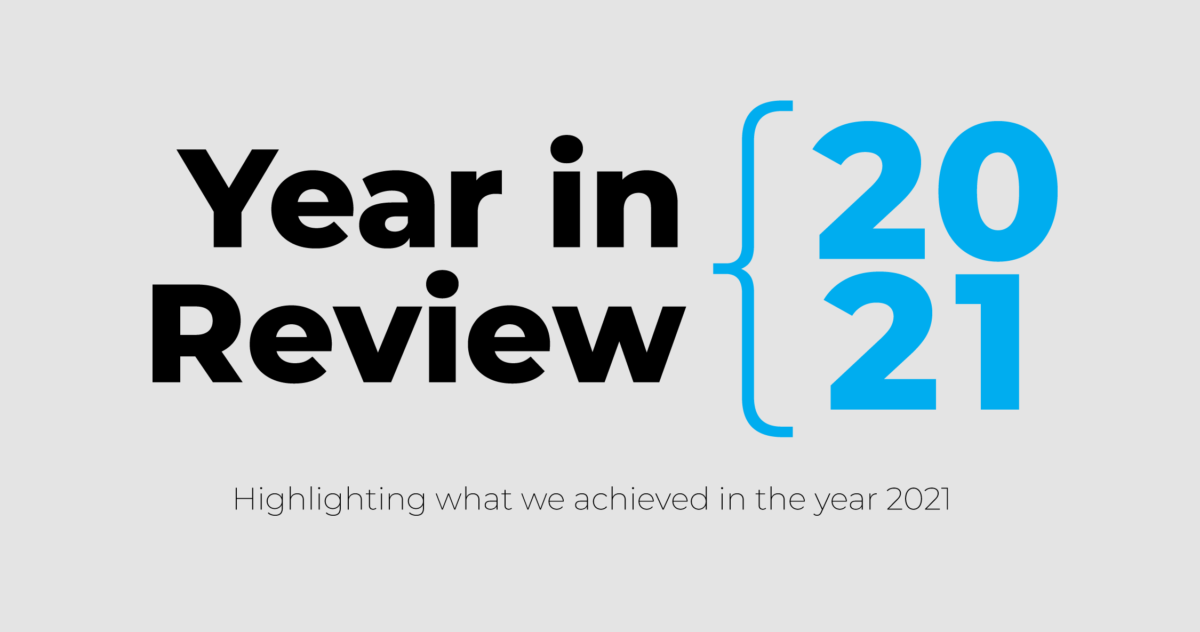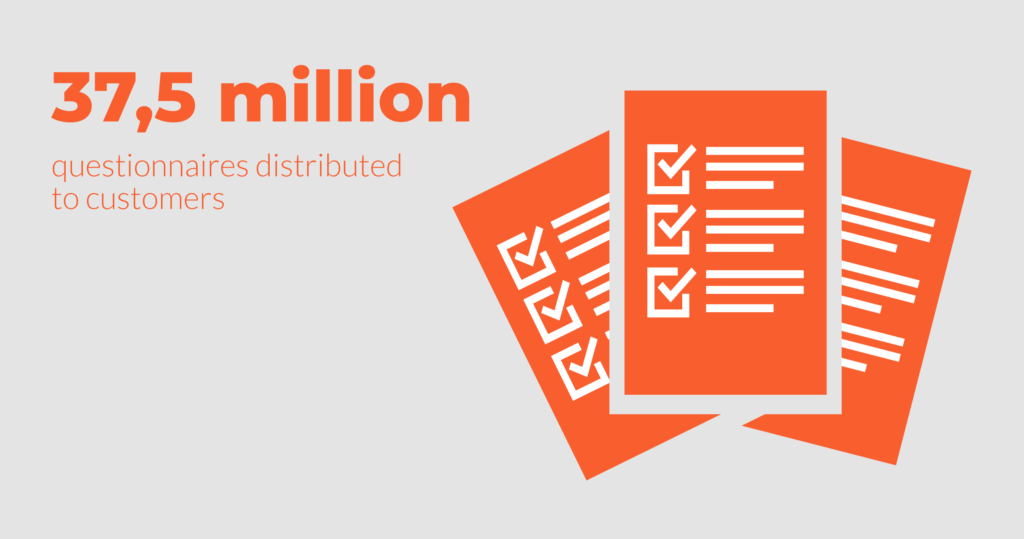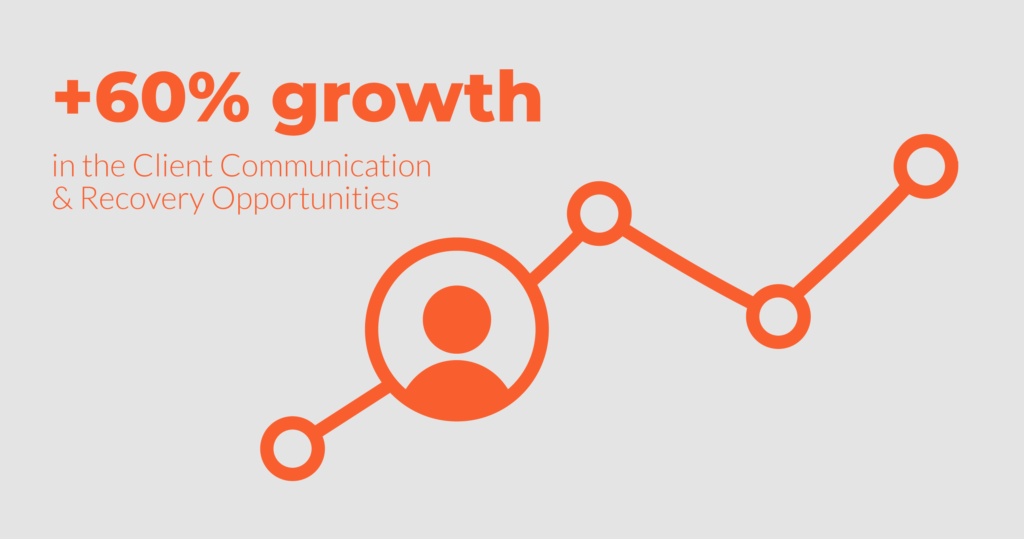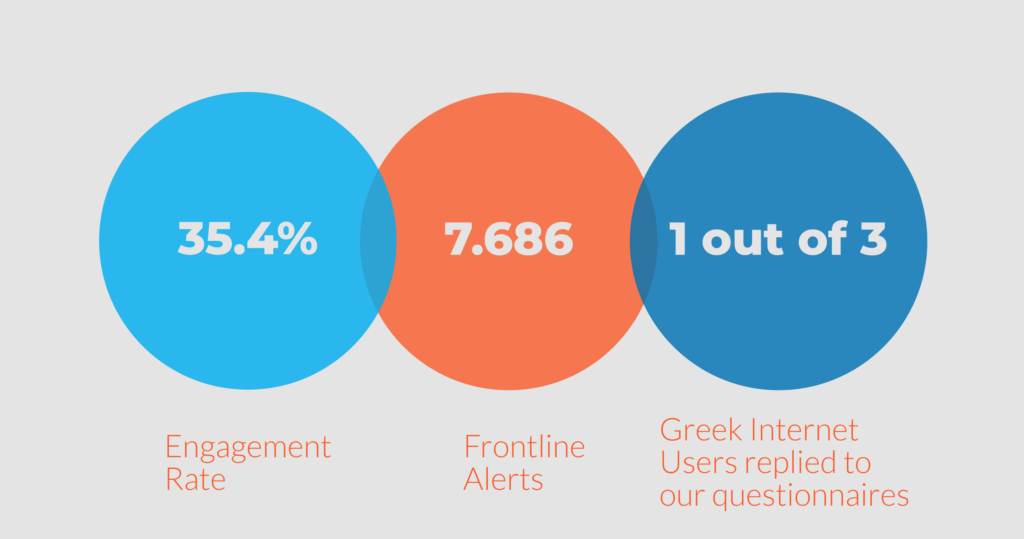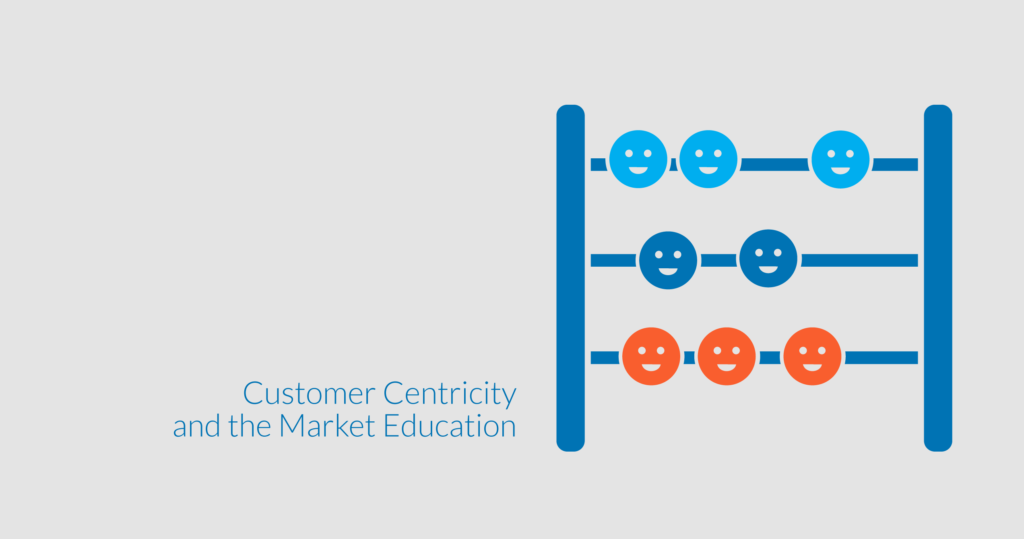
Customer comments are gold. But as anyone managing CX today knows, that gold is buried under mountains of text — open-ended feedback from surveys, public reviews, social media, even support interactions like call transcripts. Teams try to tag and bucket insights manually, but it’s slow, inconsistent, and almost impossible to scale.
That’s where e-satisfaction’s ATD capability comes in, a technology we’ve build and have been developing over 2years and now are infusing in our platform
✨ What Is ATD?
Automatic Topic Detection (ATD) is our AI-powered topic detection engine that reads open-ended customer feedback and automatically classifies each comment into business-relevant topics, organized in a clear 3-level hierarchy:
- Experience Domains is the 1st level representing high-level areas of the customer journey or experience focus. E.g. –
- Focus Areas & sub-domains is the 2nd level representing the Specific dimensions or sub-domains within each experience category. E.g Delivery Service, Staff Behavior, Staff Quality, Product Availability, Delivery service & options.
- Finally, Operational Customer Signals is the 3rd and most granular level representing the detailed, operational-level topics that represent the actual voice of the customer. e.g., Payment Methods, Refund Delays, Staff knowledge, Stock Issues, Quality of delivery service.
Each piece of feedback can be assigned to one or more topics based on content — whether it’s collected via a survey, imported from review, or pulled from historical data. The result? Structured, ready-to-use insights that reflect your business operations.
While the ATD model is technically built on a 3-level topic hierarchy, our product will offer it in 2 tiers:
- Tier 1 (Experience Domain Topics): Strategic domain-level tagging (equivalent to Level 1) — included in all plans.
- Tier 2 (Advanced Operational Topics) offering the tags in Focus Areas and Operational signals (Levels 2 & 3) — available as an add-on or in premium plans.
🤖 Why It Matters Now
The volume of unstructured feedback is exploding. Yet most CX and operations teams don’t have the time or tools to process it at scale — let alone connect it to KPIs like NPS, CSAT, or cost-to-serve. With e-satisfaction’s ATD capability:
- Your team eliminates manual tagging and gains back hours every week
- You gain instant view into aggregated topics that customers are talking about the most
- Your reports transform from simple data charts to insights that guide/ prioritize actions based on real, recurring issues — not hunches
How It Works
ATD turns your scattered feedback into structured CX insights — in four clear steps:
1. Connect Your Feedback Sources
Start by gathering and syncing all qualitative feedback into the e-satisfaction platform.This includes: Survey responses (from e-satisfaction or other tools), Google and public reviews, Social channel comments, even support interactions or call transcripts.
2. AI Engine Analyzes Every Comment
Once your data is in, e-satisfaction’s AI engine goes to work. It reads and parses each comment using appropropriate industry-tuned models powered by a business-aligned taxonomy.
3. Each Comment Is Tagged with Structured Topics
Based on its analysis, the AI assigns every relevant topic tags (not just one) to each comment — instantly, ensuring assignment across tier. This gives every piece of feedback consistent, scalable structure.
4. Insight Flows into Prebuilt CX Reports
The AI-generated tags automatically populate in e-satisfaction’s CX Insights Portal for all relevant Text Analytics reports. This way customers can see the raw table showing which topic tags have been assigned to each comment, explore charts featuring most frequent topics, topic breakdowns by NPS score, as well sa dive deeper using Impact Score Analysis highlighting which topics affect metrics like NPS.
🎯 What Makes It Different?
Most topic models are vague. They produce tags that lack structured naming, structure/ taxonomy and can be inconsistent in how they treat similar comments. Worse, producing labels that are too broad to act on.
e-satisfaction’s ATD is different. It’s built for clarity, consistency, and operational value – action!
- Purpose-built taxonomy
Instead of relying on machine-learned guesses, e-satisfaction models apply a curated set of topics based on over 4 years of real feedback analysis — including hundreds of thousands of omnichannel survey responses across industries.
This means each out-of-the-box (OOTB) topic has been hand-picked to be business-aligned and grounded in reality — from strategic areas of experience domains to the operational signals - Industry-tuned models
Whether you’re in retail, banking, automotive, or service, e-satisfaction AI engine uses models adapted to the verticals / domains organizations operate in— ensuring the topics it identifies actually make sense for how your business runs. For example, ‘Service’ means something different in retail vs. automotive— and our AI understands that. - Multi-level structure
Comments aren’t labeled with just one broad tag. Instead, each piece of feedback can be mapped across two tiers, giving customer the right ballance between strategic view and operational signals in granular way. This structure gives customers the flexibility to start simple and scale deep when ready. - High-volume, high-accuracy
ATD handles thousands of comments per day – no setup, no training, and no tagging rules required. Whatever feedback source (channel or type) connect it to e-satisfaction and watch structured insight emerge with a consistent level of quality and structure. - Ready for insight activation
Topic tags are automatically integrated into prebuilt dashboards inside the CX Insights Portal, so you can instantly explore trends, segment by performance, and discover what’s driving your NPS or CSAT — without waiting on analysts or building manual reports. Soon enough, our product team we will be offering Topic Alerts, a new actionability feature, that would flag spikes on critical themes, helping you act near real-time and in the moment something is changing.
💡 Who Benefits
This isn’t just AI for show. It’s AI that speaks your business language — and gives your teams the structure they need to act.
- CX Teams: No more manual work. Spot drivers of satisfaction, pain, and churn in one view
- Data Analysts: Plug structured topics into dashboards, reports, and alerts
- Executives: See trends across stores, teams, or regions — and act on systemic insights
🚀 Ready to Use Today
Automatic Topic Detection is already in production and available to activate. You can activate and leverage ATD in real-time or retroactively — meaning you can unlock insights from new feedback or your entire archive.
- If you’re a current customer: Contact your Account Manager or Customer Success to get started or request a walkthrough.
- If you just began exploring e-satisfaction: Book a Demo and see how ATD can scale your feedback operations

Got Questions?
You can reach us via our Support Portal for assistance .






